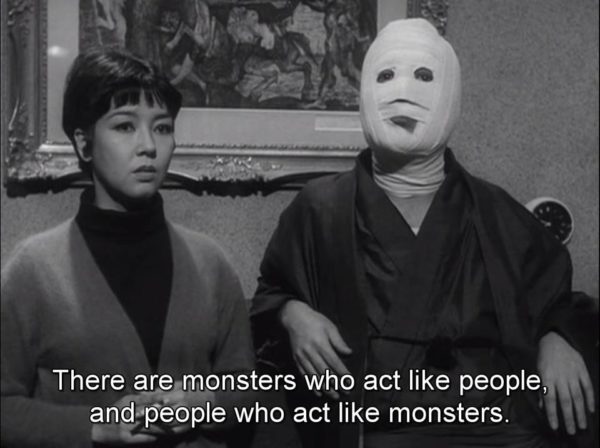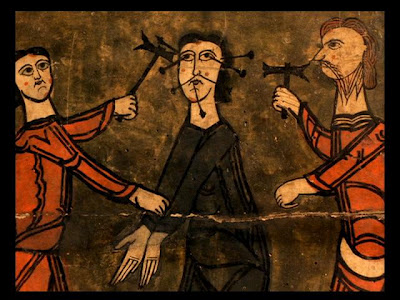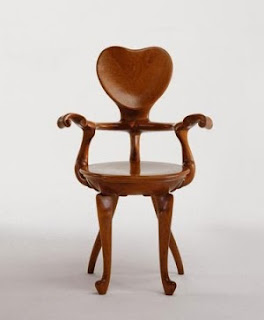The Boxman, Abe Kobo & His Collaboration with Teshigahara
Tuesday, March 7th, 2017
(The Face of Another, Kyo Machiko directed by Teshigahara)
Pitfall 

(Teshigahara, Abe Kobo, Toru Takemitsu)
Abe Kobo (wiki) (March 7, 1924 – January 22, 1993)
Vitro NasuIconoclastic Incubator
|

(The Face of Another, Kyo Machiko directed by Teshigahara)
Pitfall 

(Teshigahara, Abe Kobo, Toru Takemitsu)
Abe Kobo (wiki) (March 7, 1924 – January 22, 1993)
Antoni Gaudi Full film directed by Hiroshi Teshigahara
Gaudi Made Me Realize the Lines Between the Arts Are Insignificant – Hiroshi Teshigahara
<> <> <> <>  (via)
(via)
Gaudi not only had a profound impact on Teshigahara’s work, but it was Gaudi who planted the seed of a cross-disciplinary approach to the arts. “Gaudi worked beyond the borders of various arts,” said Teshigahara, “and made me feel that the world in which I was living still left a great many possibilities.”
Nature and landscape were of central importance to Hiroshi Teshigahara, even as a young boy. He was born in Tokyo, son of Sofu Teshigahara, founder and grand master of the Sogetsu School of ikebana. Sofu championed the idea of ikebana as an art form rather than a decorative craft, and he bucked tradition by including materials besides flowers in his work.
As Dore Ashton explains in an excellent essay on the Criterion website, when Hiroshi Teshigahara was a schoolboy, Japan’s cities were firebombed during the Second World War. He “returned to a landscape of bleak ruins.” Teshigahara’s generation “was charged with building a way to exist in the desperate circumstances they had inherited,” says Ashton. “Prominent survivors of the prewar avant-garde, who had spent all their youth in Paris, exhorted young artists to build a totally new culture, expunging all memory of the militaristic milieu of their childhood.”
Calvet Chair  Antoni Gaudi
Antoni Gaudi
“If any film could be described as an architectural symphony, it is Hiroshi Teshigahara’s 1984 movie ANTONIO GAUDI. Much of the imagery in GAUDI is nothing less than astounding in its beauty and boldness, and the blending of a neo-Gothic mysticism and grandeur with an Art Nouveau line and a surreal apprehension of the power of nature. The erotic connotations of much of the work are so blunt as to be almost shocking.”– Stephen Holden, The New York Times
Hiroshi Teshigahara -(Previous post – The Face of Another)
Pitfall 
Dan Harper (senses of cinema)
Described by Teshigahara as a documentary–fantasy, the film is all the more unsettling for its matter-of-fact illogic. Typical of Abe’s other works, The Pitfall also employs a pulp-fiction framework—a ghost story—but only to throw into relief both our preconceptions of the genre and the underlying truths that it unearths (in this case, literally). Antonioni had already exploited a similar approach in L’avventura (1960), which spends much of its time engaged in a futile search for a missing person. For his efforts with The Pitfall, Teshigahara won the NHK Best New Director award and the film earned the rare honor—for a novice director—of being released abroad.
<> <>
One of the sixties’ great international art-house sensations, Woman in the Dunes was for many the grand unveiling of the surreal, idiosyncratic worldview of Hiroshi Teshigahara. Eija Okada plays an amateur entomologist who has left Tokyo to study an unclassified species of beetle that resides in a remote, vast desert; when he misses his bus back to civilization, he is persuaded to spend the night in the home of a young widow (Kiyoko Kishida) who lives in a hut at the bottom of a sand dune. What results is one of cinema’s most bristling, unnerving, and palpably erotic battles of the sexes, as well as a nightmarish depiction of everyday Sisyphean struggle, for which Teshigahara received an Academy Award nomination for best director.(Via Criterion)
The Face of Another
The Face of Another (1966) is both a psychological study and an existential allegory. The protagonist is again a scientist, “the section head of a respectable laboratory,” whose face has been disfigured in a chemical explosion. This disfigurement creates a rift between the scientist and everyone he encounters –particularly his wife. The source of this rift is due less to others’ repulsion at his face than to the scientist’s self-disgust, both physically and mentally.
<> <> 
Facebook Teshigahara (Fung Lin Hall copyafterfight image)
Abe Kobo and Toru Takemitsu are two of Teshigahara’s collaborators.